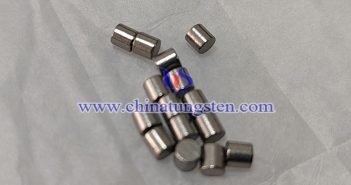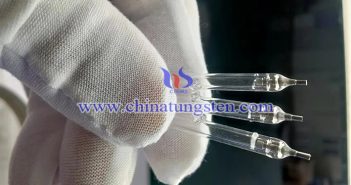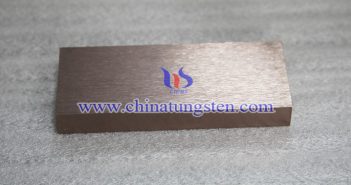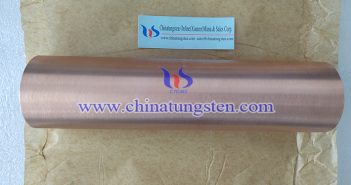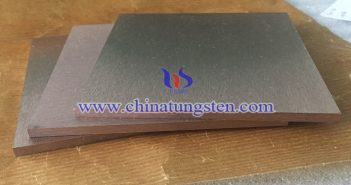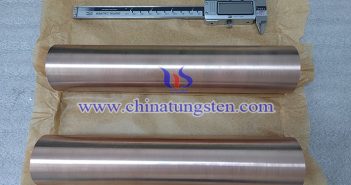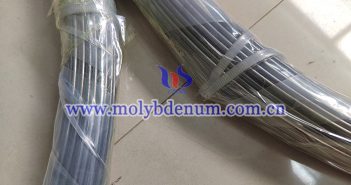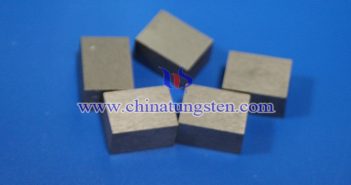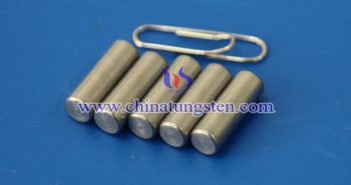
The emission mechanism of a barium tungsten cathode involves a process called thermionic emission. Here’s how it works: Barium Deposition: In a barium tungsten cathode, a thin layer of barium is deposited onto the surface of a tungsten substrate. This is typically achieved through a process called barium flashing, where the cathode is heated in a vacuum chamber containing a small amount of barium metal. The heat causes the barium to vaporize and deposit onto the tungsten surface. Activation: Once…

